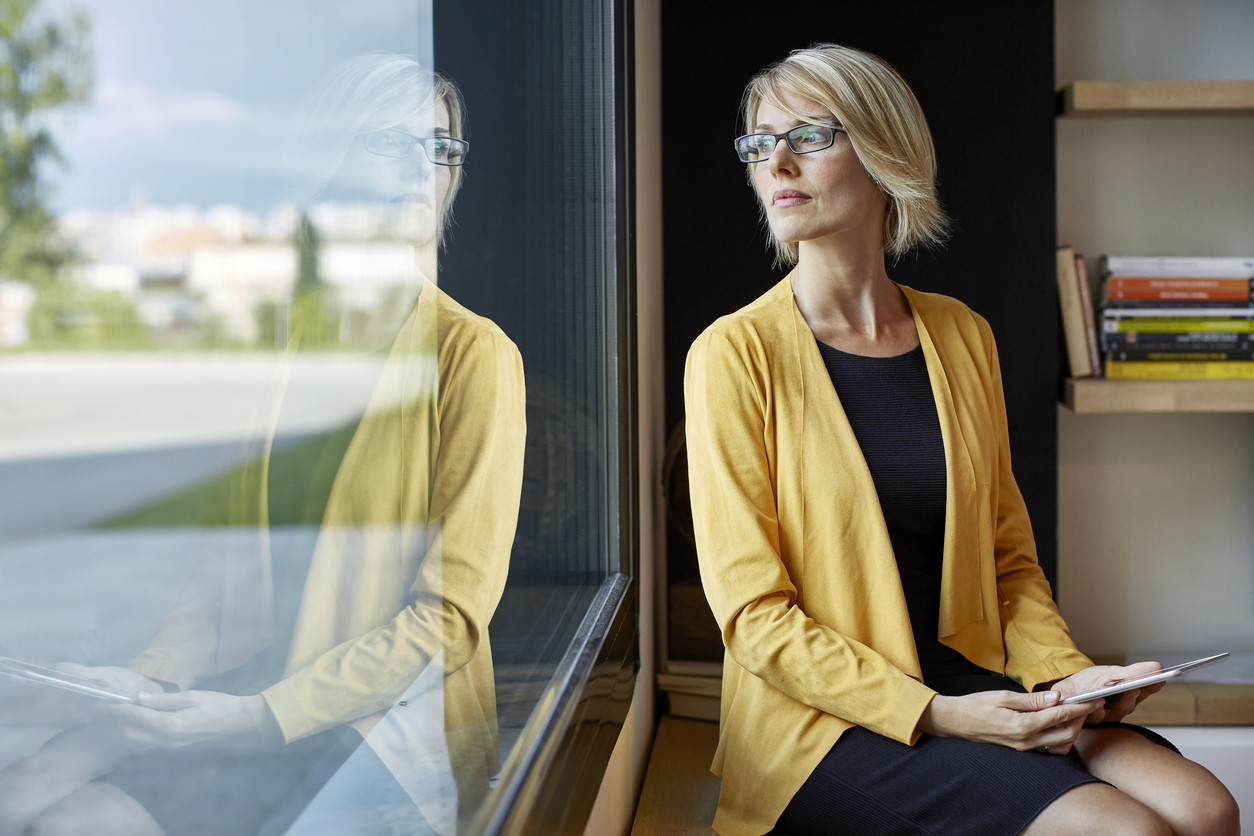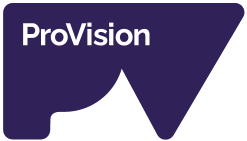
Most Australians believe too much screen time can impact their eye sight, with 78% having experienced eye strain while using a computer, tablet or smartphone.
According to Optometrist Laura Carson just like there is no one piece of technology that suits all your needs at work, there is not one type of spectacle lens that suits all the technology options.
Laura explains why we experience eye strain with prolonged computer work and screen use. “Long periods of focusing up close, such as when on a computer, may cause fatigue or eye strain due to not wearing glasses when needed or under-correction of your glasses prescription and sometimes also eye muscle imbalances which only occur when focusing at near.
We’ll often prescribe glasses that are specific to the computer screen position and working distance. We also might need prescribed reading glasses. The power of the lens will be positioned higher on the frame so that you’re not having to manipulate your neck to get to that part of the lens. These are specific purpose computer lenses to suit the screens that you use. If you’re using a smart phone, there are a lot of different types of anti-fatigue or multi-focal lenses that will work quite well. But if you’re using a computer, and these days people will often be using multiple screens, specific purpose computer lenses may be required to be able to do that efficiently.”
Laura asked us to consider the ‘typical’ Australian who is spending 7 hours a day using her phone, computer or tablet, both at home and at work, to best describe the many different ways we are looking at digital screens today and the office progressive lenses we can benefit from.
“Meet Claire..
Claire is in her late thirties, married with two children and lives in a three bedroom house with two cars – she’s the ‘typical’ Australian according to the Australian Bureau of Statistics. Claire, like many other Australian’s, spends approximately 7 hours a day on her phone, computer and tablet. Some of those hours are spent at work, some are at home.
Claire has a demanding job; she spends her work hours between being at her desk on multiple screens, in meetings with her tablet and on the phone to clients. You may also have some combination of these setups at your workplace, most of us do.
Just like there is no one piece of technology that suits all our needs at work, there is not one type of spectacle lens that suits all those technology options, think trying to bring your desktop computer to a meeting, or doing a presentation with slides on your phone.
Traditionally multifocal, or progressive, lenses have been a ‘one fits all’ solution, providing clear vision at all distances through a seamless, custom made lens. In modern times, where technology is a key component of our work and home life, we need to adapt to the changing screen based needs and traditional multifocal lenses may not cut it anymore.
Office progressives are now increasingly sophisticated at meeting these needs for everyone in their workplaces or home offices. They’re designed for indoor use, which provides a wider field of clear vision when on multiple screens at a desk, when looking up in a meeting then back down to a tablet, and when looking between a phone or paperwork and computer screen.
Claire wears glasses when she’s in meetings and outside of work when she’s driving, but she doesn’t need a traditional multifocal. More recently, she has been feeling eye strain when using her computer and tablet. Claire, like many typical Australian’s, would benefit from office progressive glasses for when she’s at work.
Just as there are many smartphones on the market there are many types of office progressive lens options available. Claire sits close to her multiple desktop screens so her optometrist and optical dispenser guide her through the lens options to suit her needs. She’s happy to also choose a more professional fashion frame to suit her corporate look.
If you, like Claire, have multiple technological needs at work book an appointment with your local optometrist and be guided through the occupational office progressive lenses which may suit your needs.”
The eye health perceptions of most Australians might surprise you.
The launch of the 2020 Vision Index Report has shed light on the importance of regular eye examinations.
Optometry Australia released its 2020 Vision Index Report – a 35 page research paper providing a snapshot of the nation’s awareness of issues and our attitudes concerning our eyes; including research into our understanding of glasses, contact lenses, eye conditions and eye disease as well as the impact on our eyes in the workplace, when driving, playing sport and our digital behaviour.
Optometry Australia chief clinical officer Mr Luke Arundel said “the report has helped shine a light on the importance of regular eye examinations and has provided us with a bank of insights around people’s misconceptions and behaviours when it comes to eye health. We can now use these insights to continue to encourage more Aussies to focus on their vision in 2020 and for years to come.”
The report revealed 76% of all Australians consider eyesight to be their most important sense. It also revealed that the majority of Australians understand the benefits of an annual regular eye examination, with 87% attending an optometry examination at least once in their lifetime. Yet, 35% do not undertake regular checks and one in eight have never seen an optometrist.
Most Australians believe too much screen time can impact their eye sight, with 78% having experienced eye strain while using a computer, tablet or smartphone.
If you are like three in five Australians who state they are worried about their eyesight, the simple solution is to see your optometrist and have a comprehensive examination – place the necessary importance on what 76% of Aussies consider to be their most important sense.
